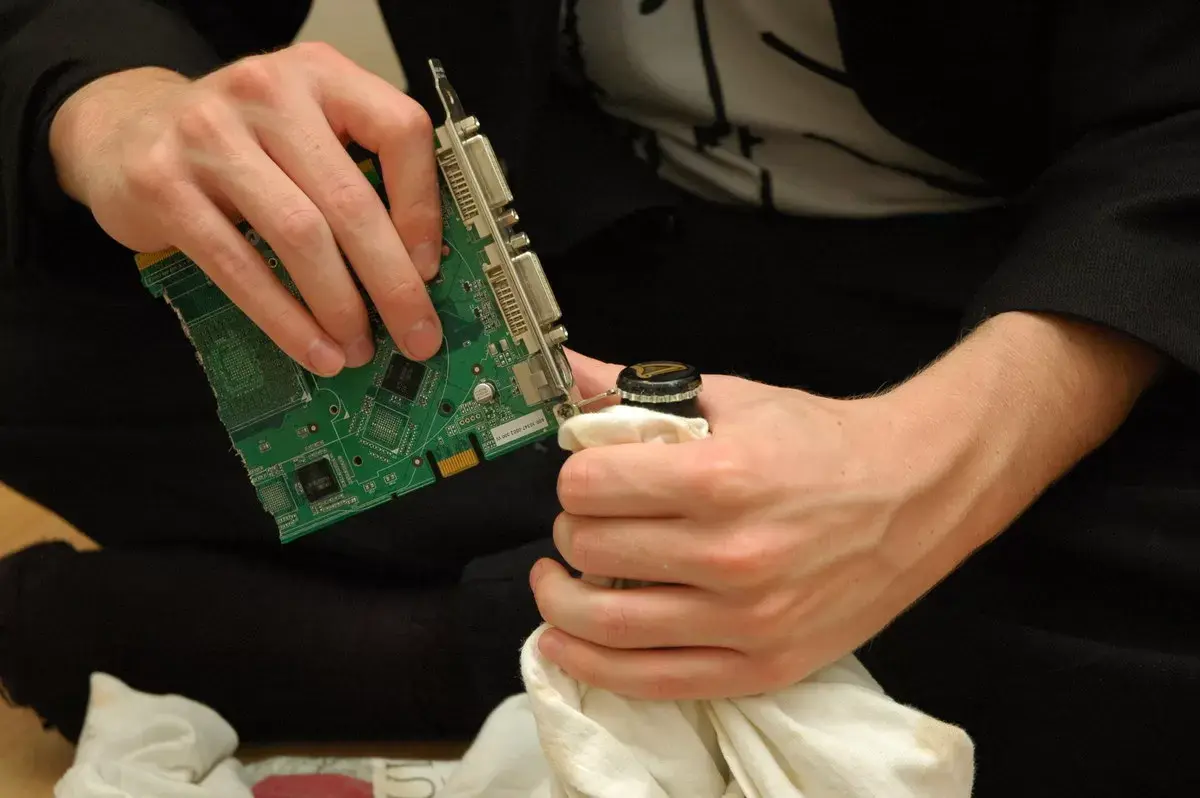- cross-posted to:
- linux@sopuli.xyz
- hackernews@derp.foo
- technews@radiation.party
Luis Chamberlain sent out the modules changes today for the Linux 6.6 merge window. Most notable with the modules update is a change that better builds up the defenses against NVIDIA’s proprietary kernel driver from using GPL-only symbols. Or in other words, bits that only true open-source drivers should be utilizing and not proprietary kernel drivers like NVIDIA’s default Linux driver in respecting the original kernel code author’s intent.
Back in 2020 when the original defense was added, NVIDIA recommended avoiding the Linux 5.9 for the time being. They ended up having a supported driver several weeks later. It will be interesting to see this time how long Linux 6.6+ thwarts their kernel driver.



Riddle me this, why is there such a thing as proprietary drivers for anything? Especially consumer facing products like this?
Don’t you want anyone and anything using your product in any situation? Help me understand NVIDIA’s bit with this?
Driver code might expose some underlying secret sauce they’re using in the hardware. That’s the justification they always used to give, at any rate. At this point, though, it’s probably some code they’ve inherited from an acquisition that has a bunch of legal encumbrance stopping it from being open sources.
I assume nVidia have licensed other code that they don’t have the rights to distribute the source code for.
I get what the GPL fans want here, but it’s just going to lead to a gimped driver, no driver, or an even larger shim between the open and closed source bits. The Linux market is too small for nVidia to care.
With GPUs being used for AI stuff and all sane people using Linux for servers, no, Linux market isn’t small at all for Nvidia.
Likely a combination of 4 things:
They have third party firmware in their blobs that they are under NDA regarding the source code.
They believe in the source code is a large part of their success and don’t want to reveal it.
They believe giving out the source code will allow many inferior variants of the software, impacting their brand.
Control; the more source code they have in mesa the more of their code can be rejected by mesa. Keeping their stuff as blobs allows them to put in whatever hacks they want.
They don’t want you to see the “if benchmark_xyz { do less work }” blocks of code.